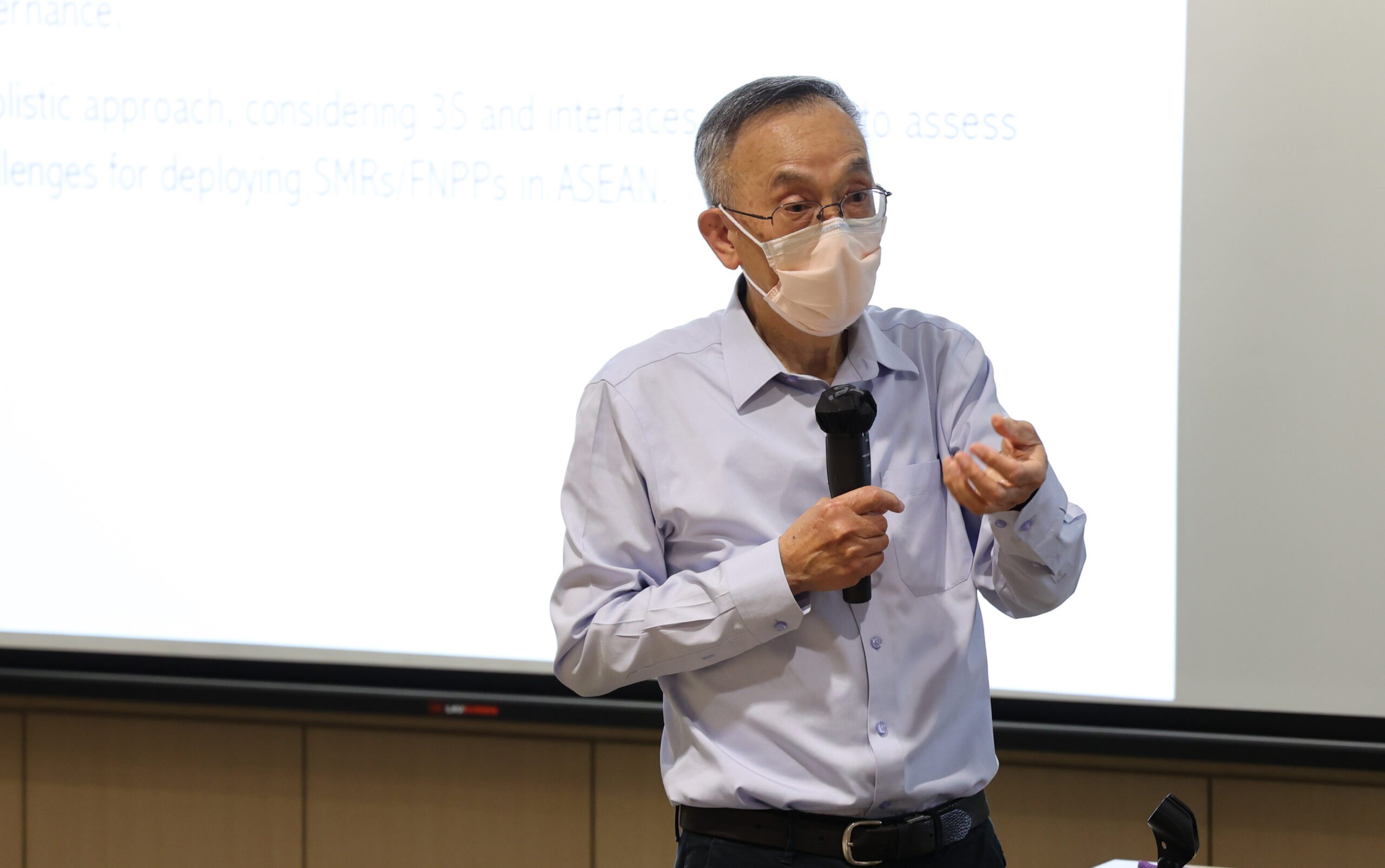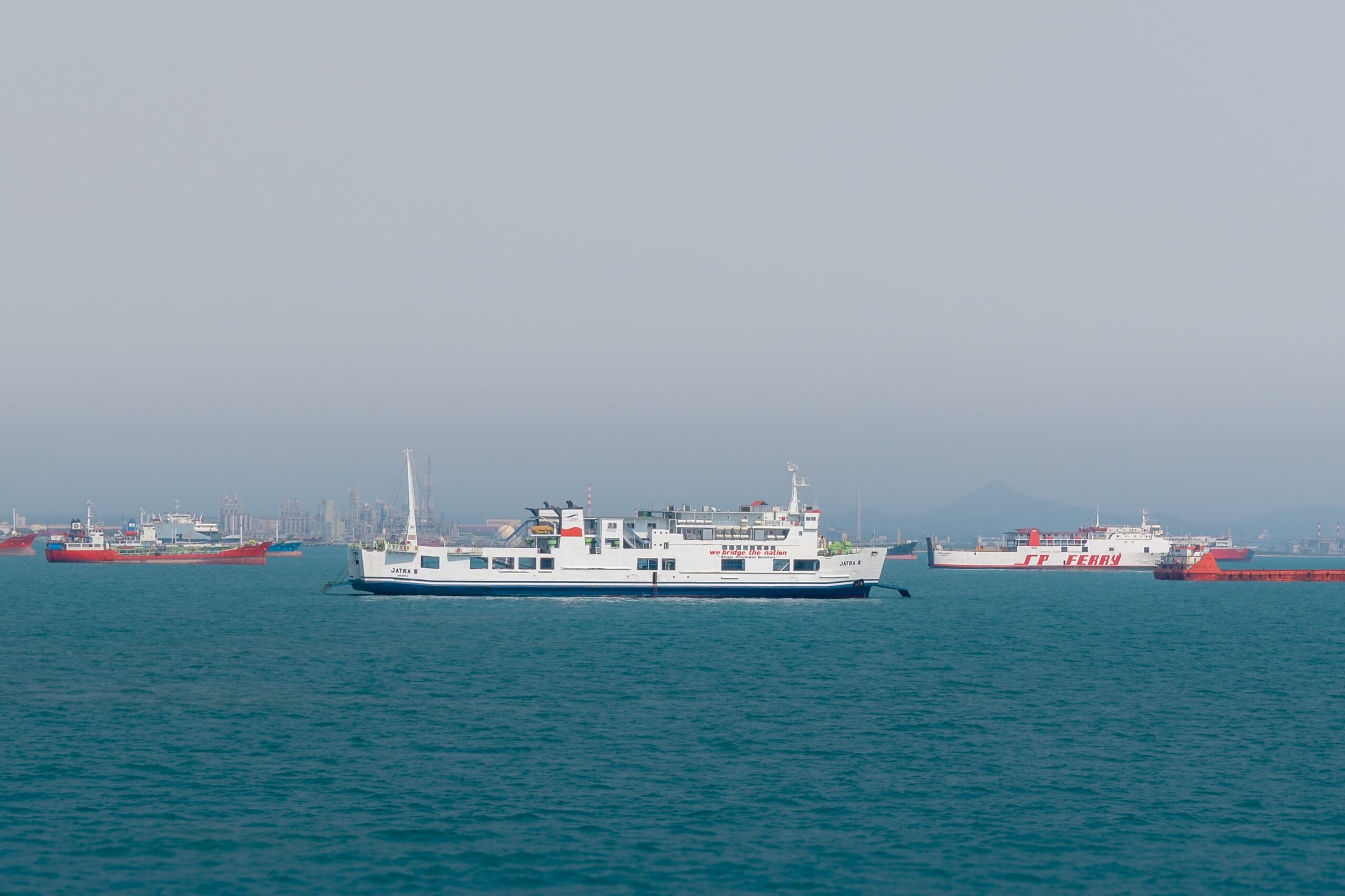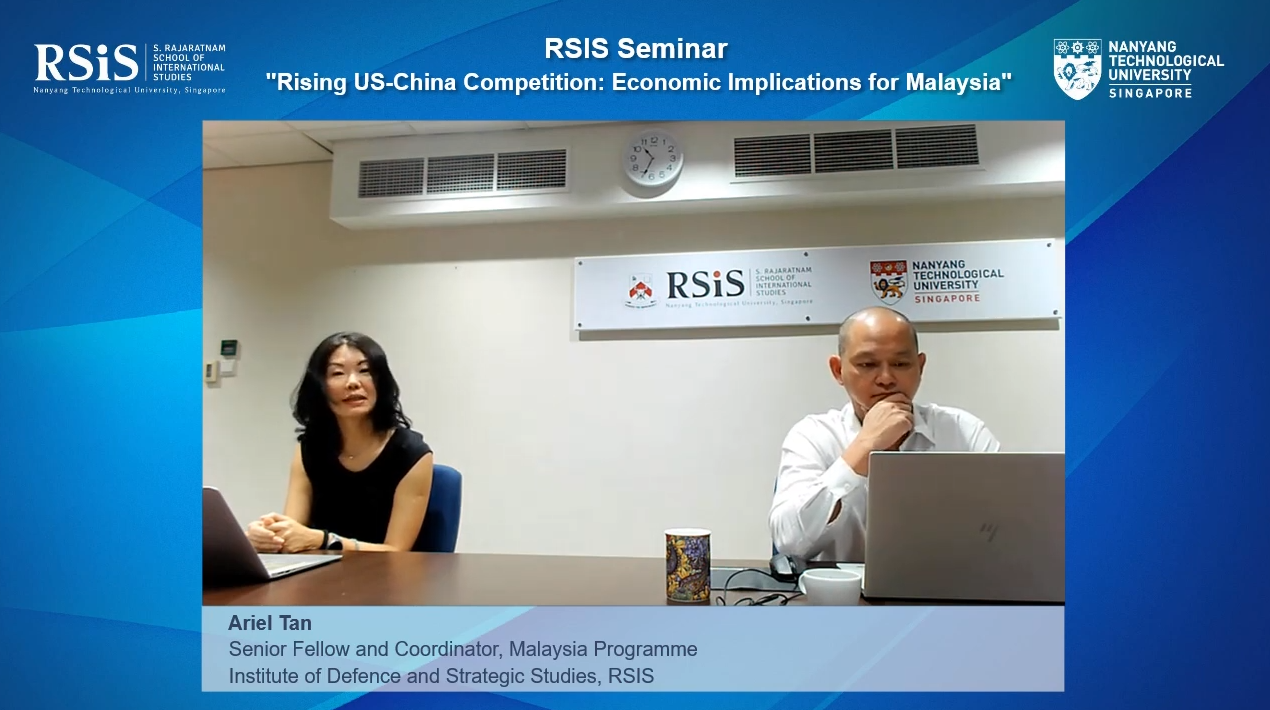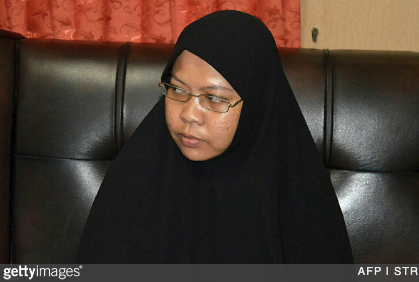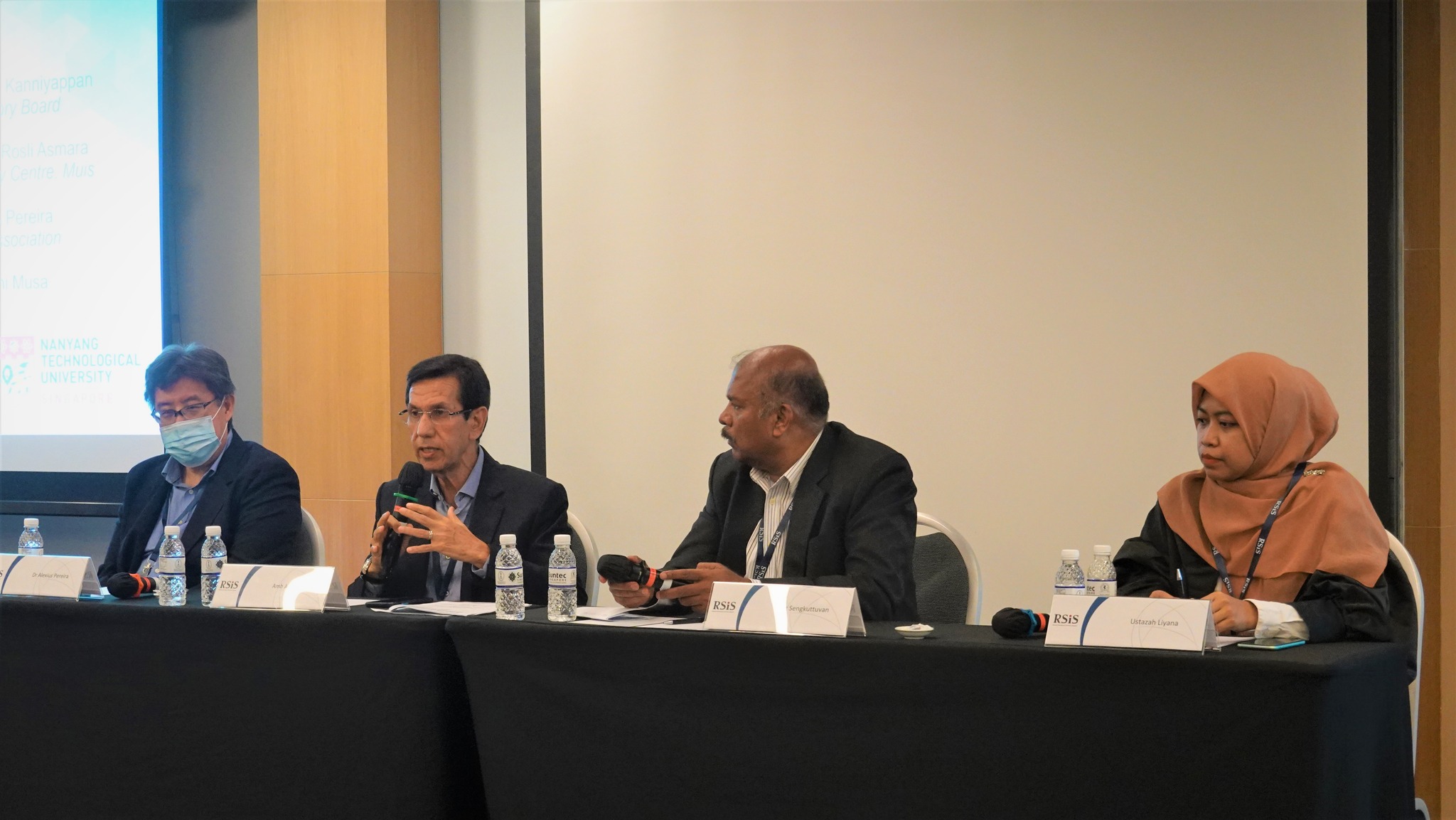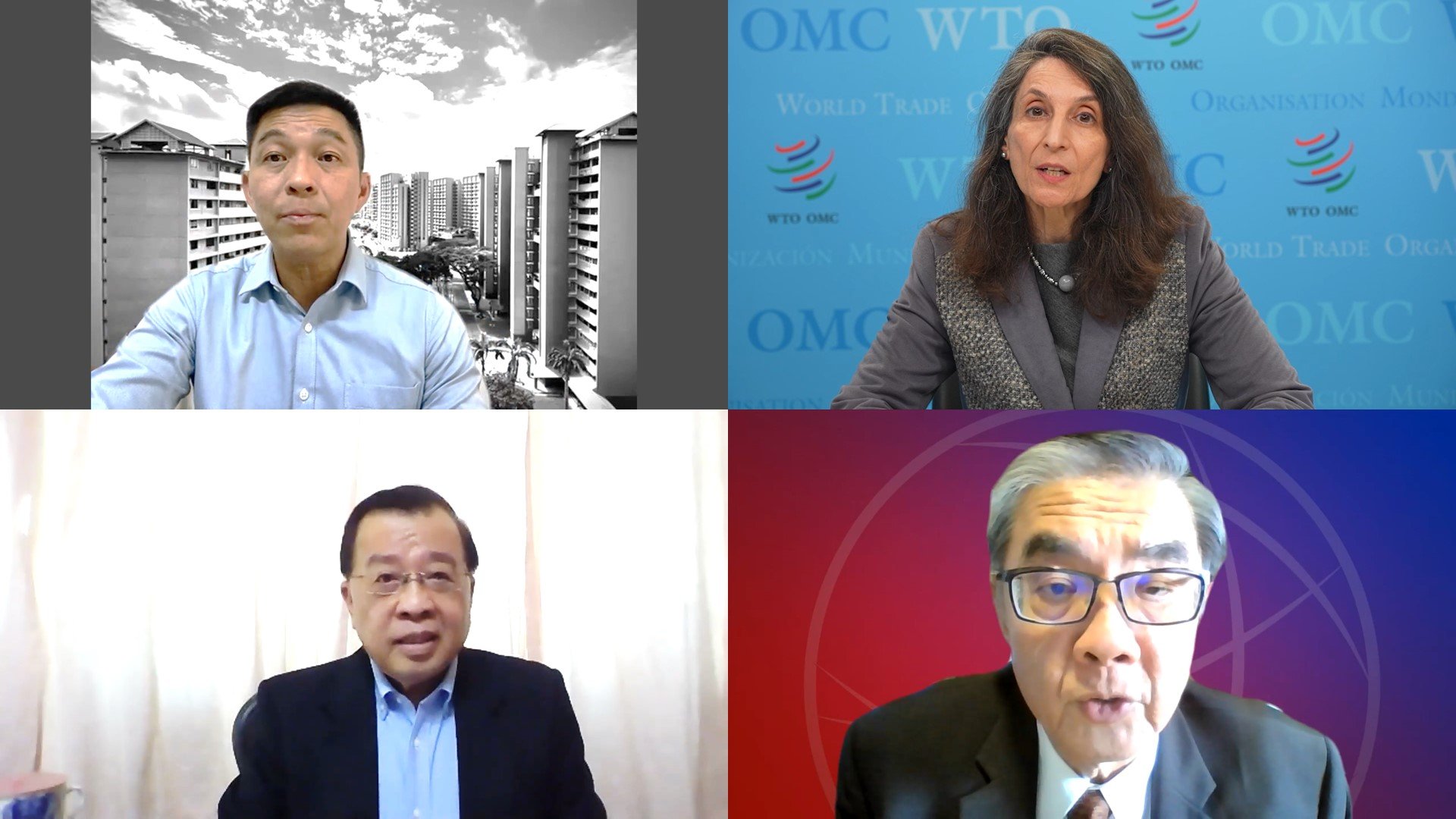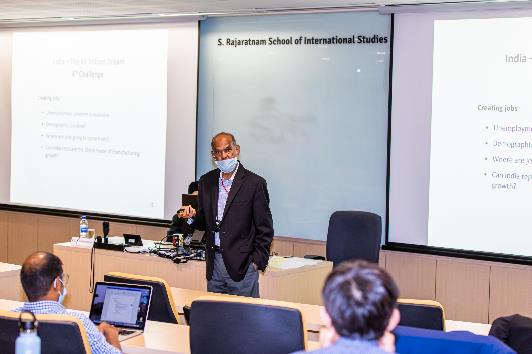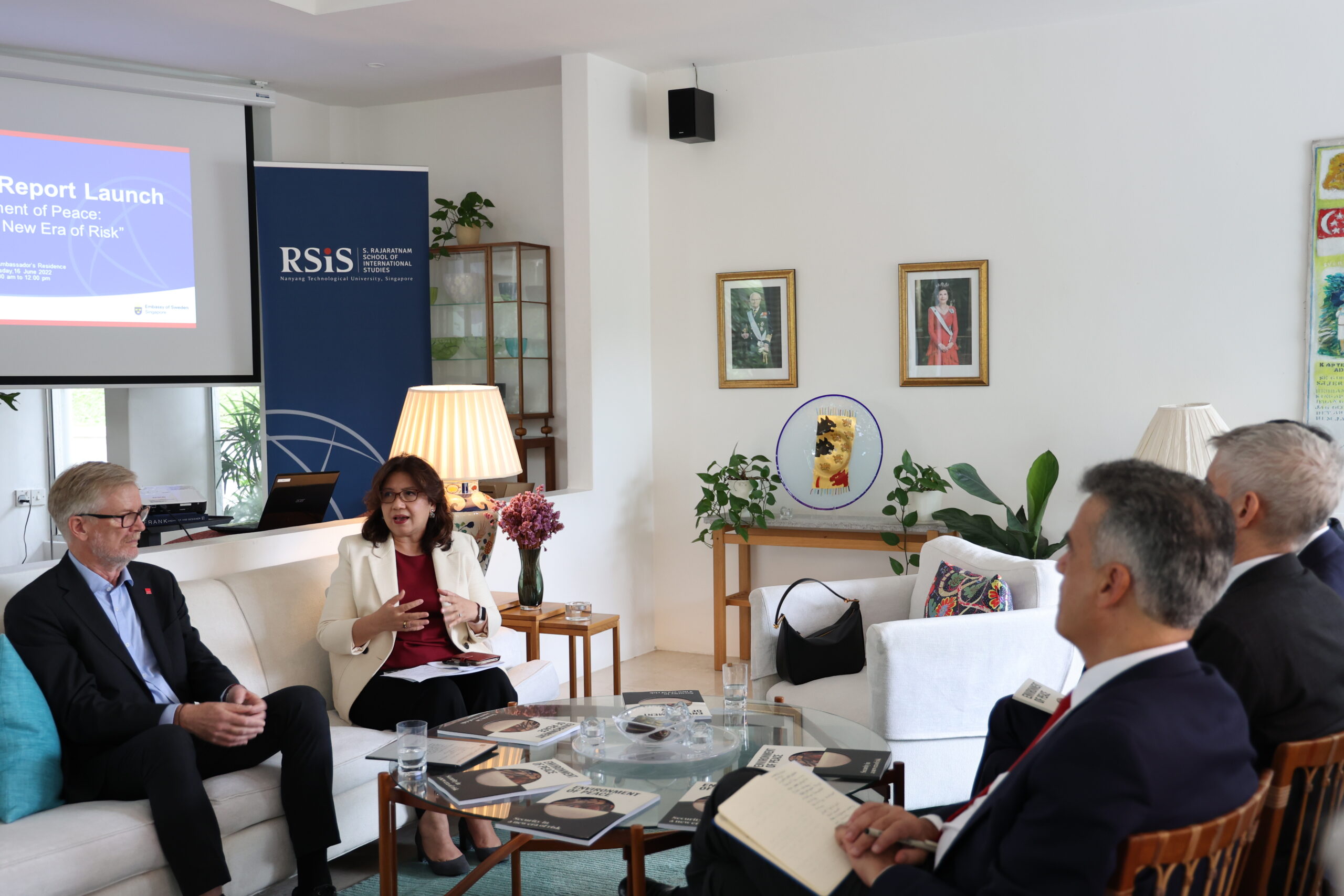

While some ASEAN states have witnessed a clear up-swing in defence and diplomatic relations with India over the last decade, Thailand, Malaysia, and the Philippines have had a less clear-cut trajectory in relation to India.
On 22 February 2022, the South Asia Programme of the Institute for Defence and Strategic Studies, RSIS, organised a virtual workshop to explore India-ASEAN Defence Relations. Examining regional and domestic drivers, the workshop delved into the specific defence relationships between India and above three ASEAN states. An examination of this set of countries will hopefully add a useful comparative angle to the broader study of trends in India’s defence relationship(s) with countries in Southeast Asia.
The overview session highlighted three key trends. The first is India’s increasing role in providing joint training and exercises for ASEAN states’s land, sea, and air forces. India has become increasingly open to hosting Southeast Asian military personnel for training and joint exercises within its own land, air, and sea sovereign spaces. The second is India’s attempts at developing a range of bilateral and multi-lateral security dialogues with various ASEAN states. The third is India’s growing role as an arms exporter to ASEAN states. While India still lags behind established arms exporters in relation to Southeast Asian arms imports, it has been making significant headway in this domain.
India-Thailand relations have also deepened in the past decade. While China remains a factor in this bilateral defence relationship, Thailand views India as an important security provider in the Andaman Sea as well as the Straits of Malacca. Increasingly, both countries will look to co-operate in non-traditional maritime issues such as illegal, unreported, and unregulated fishing, but this co-operation will be underlaid by a strengthening defence relationship.
Malaysia-India defence relations have been affected by the broader downturn in diplomatic relations particularly during Mahathir’s recent term in office as Prime Minister. However, there remain some areas of possible convergence specifically the use of Malaysian shipyards for possible manufacturing of Indian naval platforms. This is largely because Indian government shipyards are overwhelmed with orders from the Indian Navy and cannot fulfil the replacement of certain naval craft as well as the urgent induction of new naval vessels into the Indian Navy.
In comparison to Thailand and Malaysia, the India-Philippines defence relationship has traditionally been low-key, largely driven by the lack of high-level interactions at the diplomatic and political levels. This is changing, especially with India’s growing role as a provider of arms to the Philippines. The recent sale of the supersonic BrahMos missile to the Philippines (the BrahMos being a joint development between India and Russia) exemplifies this trend. India had earlier lost out to South Korea’s Hyundai to build warships for the Philippines in 2016 but in 2019 India obtained a contract to upgrade the engine and fire control systems of light armor units of the Philippine Navy and Air Force. India also offered, at about this time, a $100 million credit line to Manila to facilitate defense purchases. Bilateral political ties are developing between the Philippines and India especially as the Philippines seems to be moving away from its apparent tilt towards China under President Duterte before.



